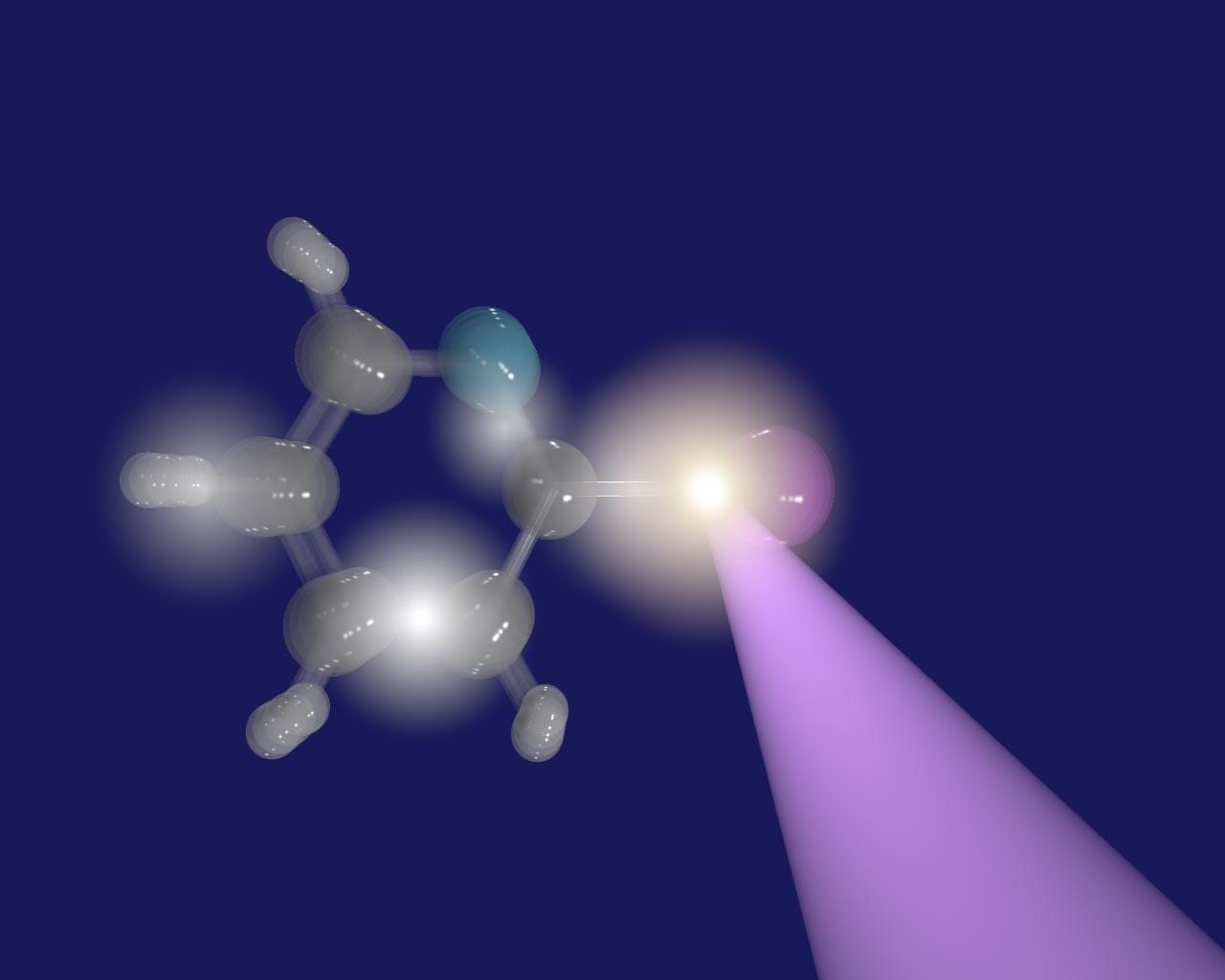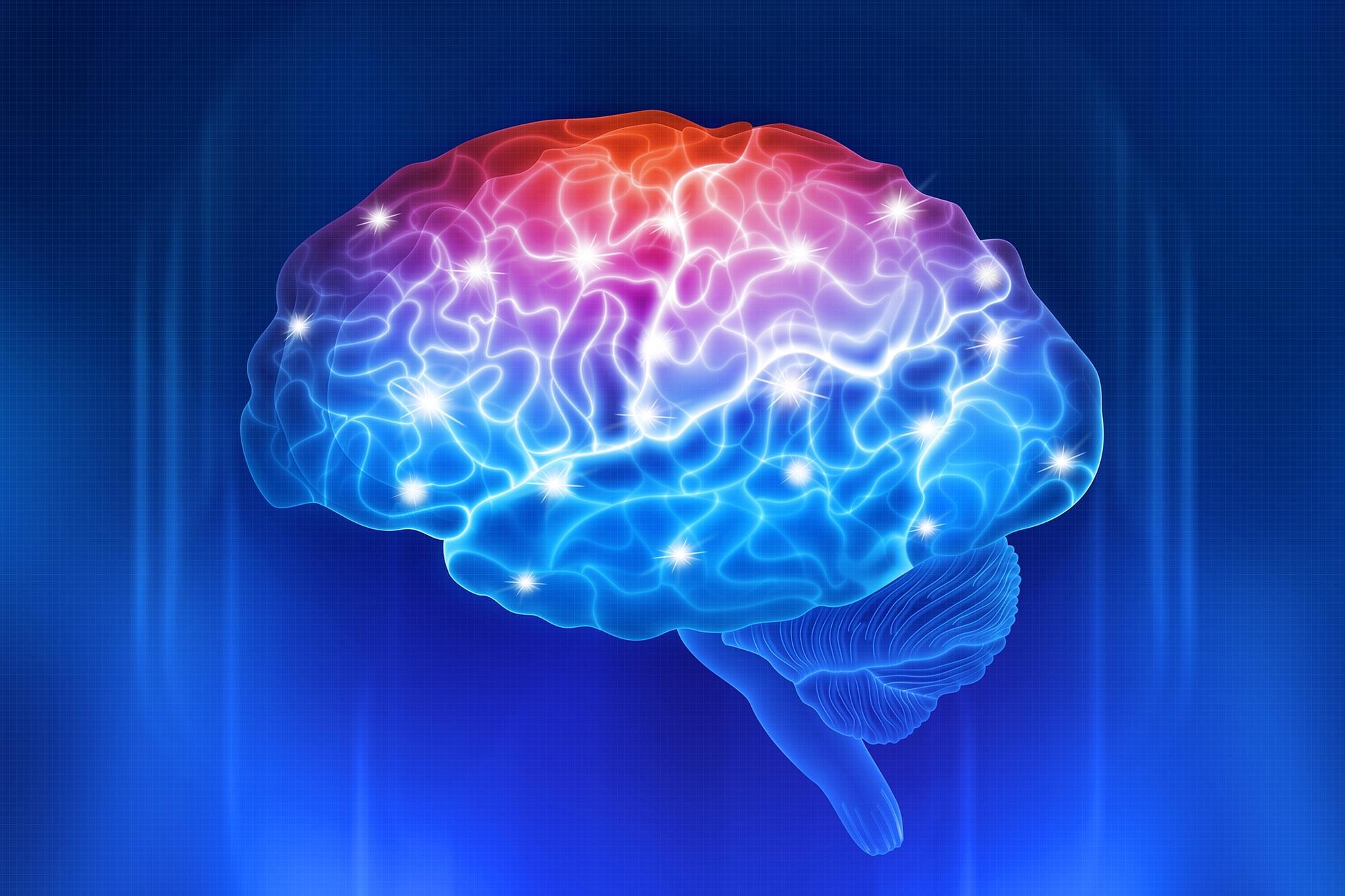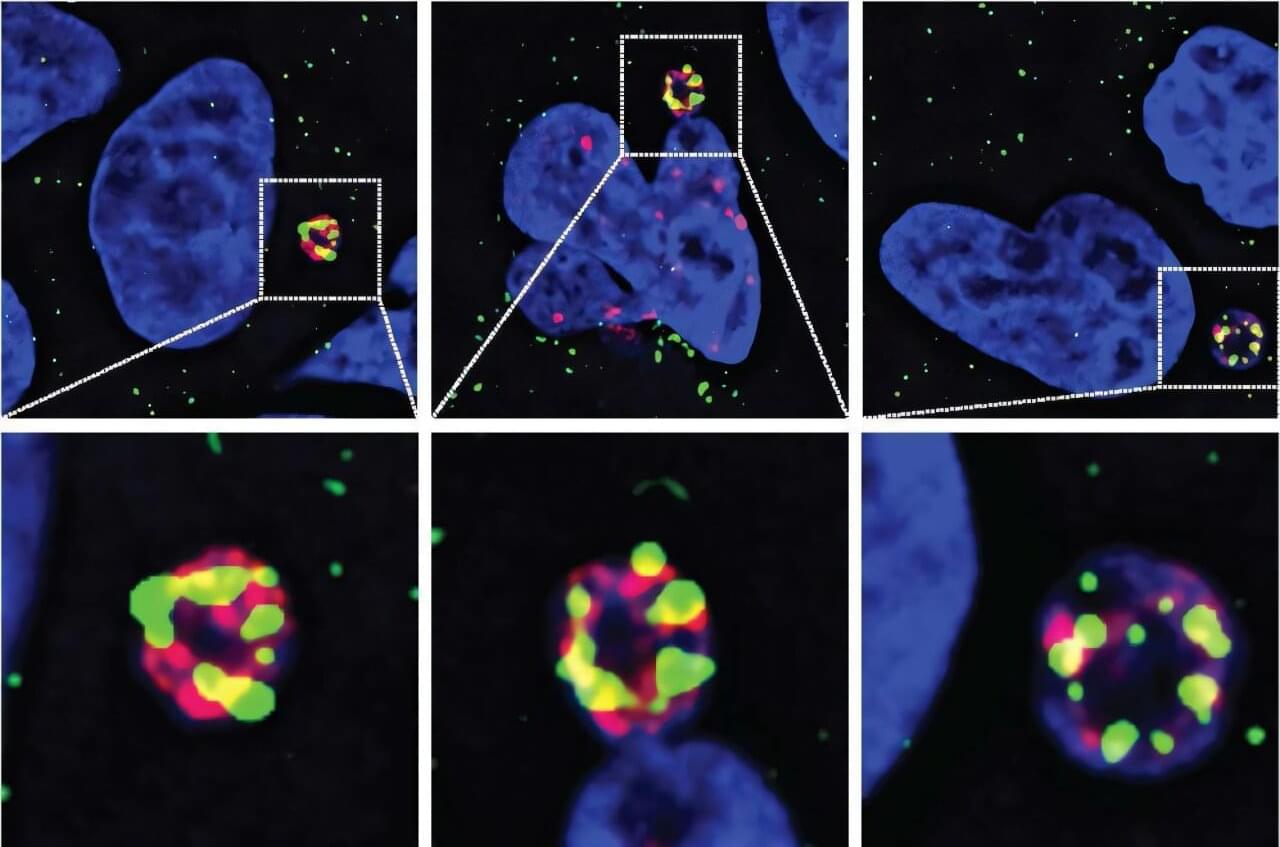Using the world’s most powerful X-ray laser, scientists have filmed atoms performing an eternal quantum dance that never stops — even at absolute zero.










Researchers at UCLA have developed an artificial intelligence tool that can use electronic health records to identify patients with undiagnosed Alzheimer’s disease, addressing a critical gap in Alzheimer’s care: significant underdiagnosis, particularly among underrepresented communities.
The study appears in the journal npj Digital Medicine.

University of California San Diego researchers have discovered the enzyme responsible for chromothripsis, a process in which a single chromosome is shattered into pieces and rearranged in a scrambled order, allowing cancer cells to rapidly evolve and become resistant to treatment.
Since its discovery more than a decade ago, chromothripsis has emerged as a major driver of cancer progression and treatment resistance, but scientists haven’t learned what causes it. Now, UC San Diego scientists have solved this longstanding mystery in cancer biology, opening up new possibilities for treating the most aggressive cancers. The results are published in Science.